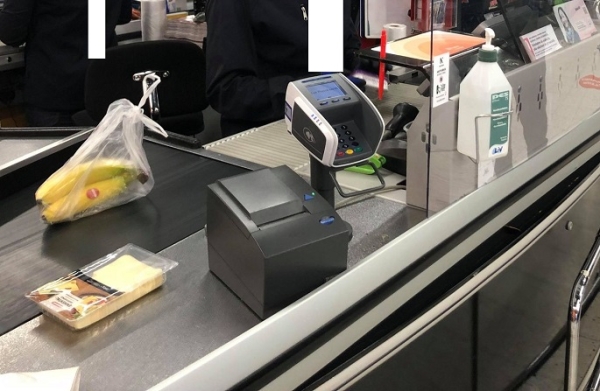
The balance figure of the consumer confidence indicator (CCI) stood at minus 6.4 in July, having been minus 8.6 in June and minus 8.4 in May, cccording to Statistics Finland.
One year ago in July, the CCI received the value minus 7.2.
The long-term average for the CCI is minus 2.7.
The data are based on consumer confidence survey, to which 1,130 persons resident in Finland responded between 1 and 17 July.
In July 2025, confidence in the economy continued to be weak all over the country.
Confidence was highest in Greater Helsinki (CCI minus 2.8) and lowest in Southern Finland outside Greater Helsinki (minus 9.7).
Of the socio-economic groups, upper-level salaried employees were most optimistic (2.4).
Pensioners had the gloomiest expectations concerning economic development in July (minus 18.4).
Women (minus 9.1) still described economic development in July as clearly gloomier than men did (minus 3.8).
In July, consumers’ assessment of their economy at present improved slightly compared to June. In contrast, consumers' expectations concerning their own economy in 12 months' time was weaker than the long-term average. Views on Finland's economic development remained subdued although still improved slightly in July.
Compared to one year ago, consumers' views on their own economy improved slightly in July, while their expectations concerning Finland's economy darkened somewhat in a year.
Twenty-five per cent of consumers thought in July that their own economy was weaker at the time of the survey than one year ago. Twenty-six per cent of consumers regarded their own economy stronger than in the previous year.
Fifty-nine per cent of consumers thought in July that Finland’s economic situation was worse than one year earlier, and only nine per cent saw it as better.
In July, 21 per cent of consumers believed that Finland’s economic situation would improve in the coming twelve months, while 38 per cent of them thought that our country’s economy would deteriorate. In all, 29 per cent of consumers believed in July that their own economy would improve and 18 per cent of them feared it would worsen over the year.
Consumers' expectations concerning the development of the general unemployment situation in Finland stayed pessimistic in July. Fourteen per cent of consumers expected that unemployment would decrease over the next year, and over one half, 58 per cent believed it would increase.
Employed consumers, that is, wage and salary earners and self-employed persons, reckoned in July that their personal threat of unemployment or lay-off was fairly high. Six per cent of employed persons believed that their personal threat had lessened and 27 per cent thought the risk had grown. On the other hand, 40 per cent of employed persons felt in July that they were not threatened by unemployment or temporary lay-off at all.
In July, consumers' estimates of the inflation at the time of the survey and concerning price changes in one year's time remained nearly unchanged on a high level.
Consumers estimated in July that consumer prices have risen by 4.9 per cent from last year's July and would go up by 4.1 per cent over the next year.
Altogether 59 per cent of consumers thought that consumer prices have risen much or fairly much over the year, and 57 per cent of them expected prices to rise at least at the same rate over the coming months as well.
In July, the time was still regarded very poor for taking out a loan and also unfavourable for saving. Thirty-four per cent of consumers regarded the time favourable for taking out a loan and 44 per cent considered saving worthwhile. However, intentions to raise a loan were on the usual level in July. Sixteen per cent of consumers were planning to raise a loan within one year.
Consumers' assessment of their own financial situation was slightly better in July than the long-term average. Consumers estimated that they would still have fewer saving possibilities than usual in the coming months. Sixty per cent of households had been able to lay aside some money and 70 per cent believed they would be able to do so during the next 12 months.
In July, the time was no longer considered as unfavourable for buying durable goods as in June. However, only 15 per cent of consumers thought the time was favourable for making expensive purchases.
Consumers’ intentions to spend money on durable goods in the next 12 months continued fairly low in July – regardless of a small increase. In July, 12 per cent of consumers estimated that they would increase and 36 per cent would reduce their spending on durable goods over the next 12 months.
In July, consumers considered buying a car within one year more or less as per usual. By contrast, fewer consumers than usual had plans to buy a dwelling or make renovations to their dwelling.
In July, 14 per cent of consumers were either definitely or possibly going to buy a car within the next 12 months. Twelve per cent of consumers considered buying a dwelling or building a house. Fifteen per cent of consumers were planning to spend money on renovating their dwelling during the next 12 months.
Source: www.dailyfinland.fi


